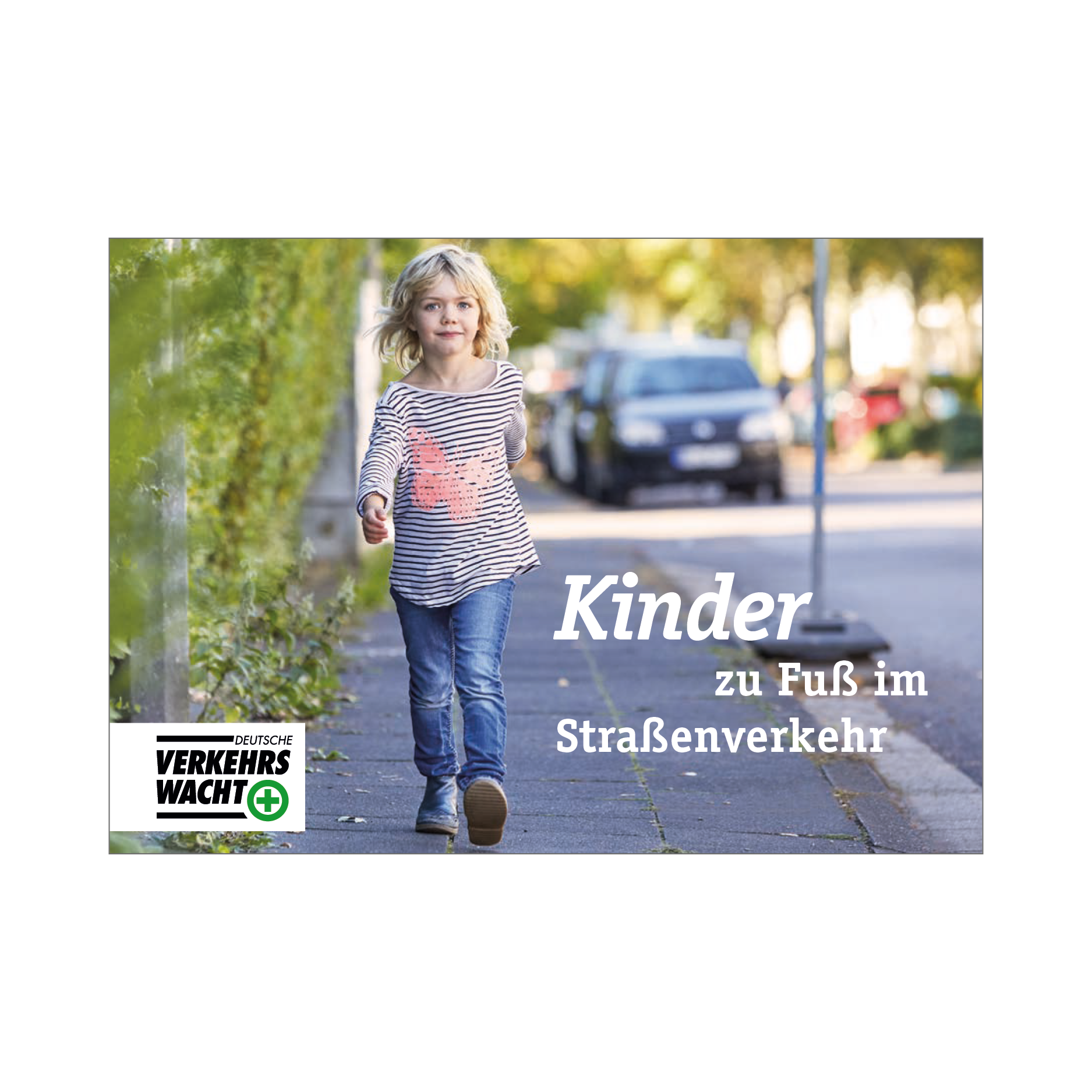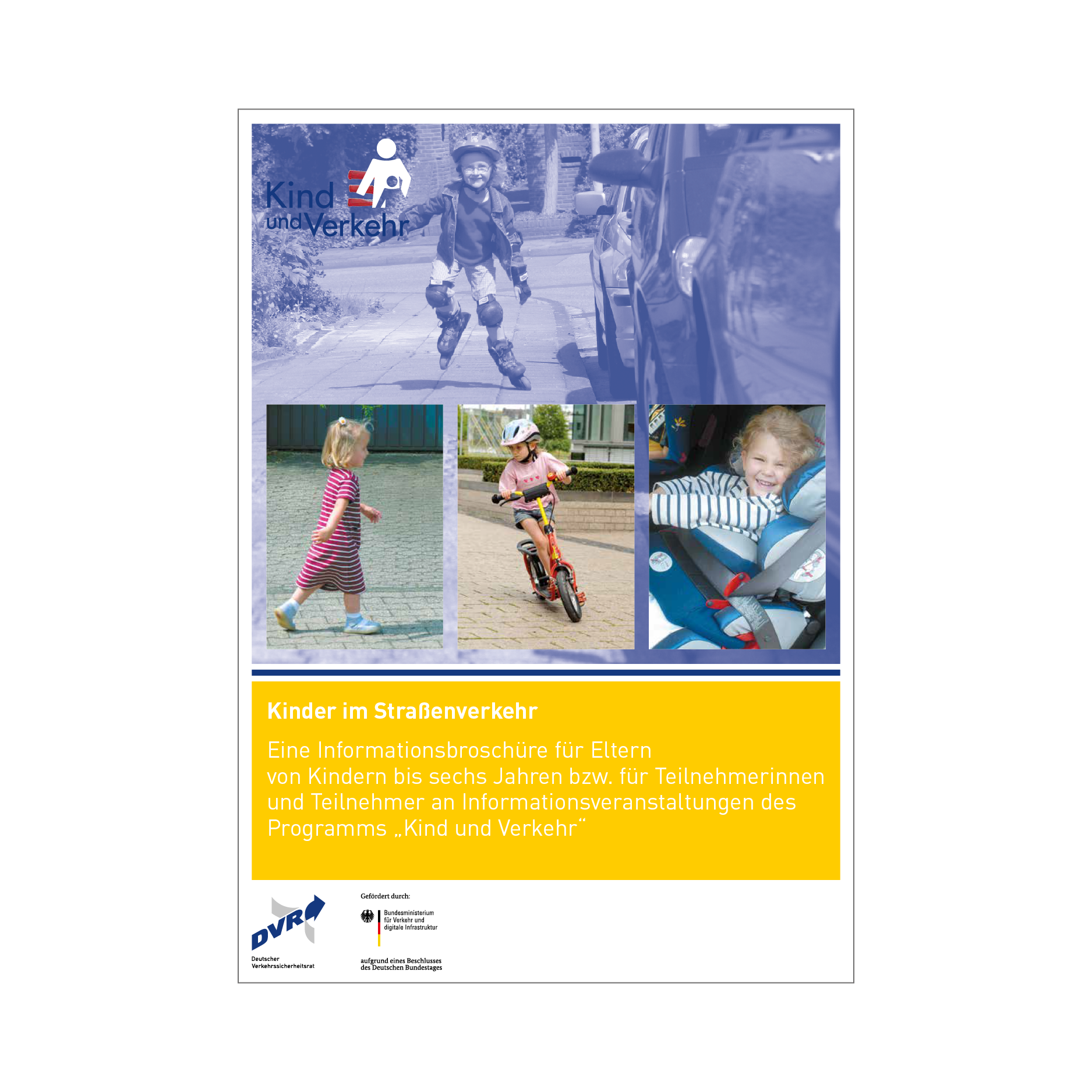School route training
How to make the way to school safe?
Is your child due to start school soon? Then you are certainly already thinking about how your child will get to school. There are good reasons for walking. Here you can find out what you can do to ensure your child arrives at elementary school safely.

Walking to school instead of taking a cab?
If your child goes to elementary school in your district, the distance is often not far. If your daughter or son can walk the distance well, this has many advantages:
- Walking to school in the morning promotes physical and mental development.
- The fresh air boosts health and your child arrives at school awake.
- The exercise boosts performance and concentration.
- Your child learns to move independently and safely in traffic at an early age.
- Your child learns to orient themselves and to be aware of their surroundings.
- Your child meets classmates and can make friends.
- Mastering the journey to school boosts self-confidence.
- Walking instead of using the car protects the environment and the climate.
.
Which route to school is the best?
Before you start practising walking to school with your child, you should choose the right route. Don't opt for the shortest route, but for a traffic-calmed route that has as few danger spots as possible. You can even take a small detour. The elementary school may even distribute school route maps to help you make your choice. Plan enough time for the walk to school right from the start. Your child should leave early enough so that they don't have to rush to arrive on time. Make sure your child understands that they should always stick to the agreed route and not take dangerous shortcuts on their own.
When does practicing begin?
The same applies to walking to school: practice makes perfect! Once you have found the best route, you should practise this route with your daughter or son at an early stage. Preferably before they start school and at real times: in the morning in the morning and at lunchtime or in the afternoon when your child goes home. This way you can explain to your child where they need to pay particular attention. Take the time to do this and practise regularly in both directions. Your child will become more confident with each repetition. Observe your child's behavior and allow them to lead the way more and more independently over time. This will allow you to assess what your child can already do and how they are behaving. Also allow your child to walk in a group if they are going to walk to school with other children in the future, as children are more often distracted in groups.
Which sections of road traffic should I pay particular attention to?
These places in road traffic require special attention:
-
Road crossing with traffic lights
If your child has to cross the road on the way to school, it is safest to look for a traffic light. Teach your child the rule: "Stop on red, go on green!" - regardless of whether other people disregard this rule. Your child should learn that they must also look left and right at the traffic lights to see if the road is clear.
-
Behavior at crosswalks
If your child crosses the road at a crosswalk, it is also important to practice here: first stop at the kerb and watch the traffic. Your child should raise their arm to signal to drivers. Caution: Only start when the car actually stops. This is important because children are not yet good at judging the speed of vehicles. If the car stops, your child can cross the crosswalk quickly.
-
Danger location bus stop
Careful at the bus stop: If your child travels part of the way by bus, correct behavior at the bus stop is particularly important. Running to the bus and jostling to get on are taboo! Teach your child that they must never run in front of or behind the bus after getting off, but must wait until the bus has left the stop and the road can be seen.
How long should we accompany our child to school?
In the first few weeks after starting school, you should still accompany your child on the way to school. You may have the opportunity to take turns with other parents in the neighborhood. Observe from a distance how carefully your child behaves in traffic and how they deal with dangerous situations. Only intervene if it is necessary. You will see that your child becomes safer and safer. Praise your child when they behave correctly in a particular traffic situation.
How safe is it to walk to school in the dark?
Especially in fall and winter, it is still dusky or dark in the morning when your child is walking to school. Make sure that your child can be easily seen by other road users. The school bag should be equipped with sufficient reflectors. Your child's clothing should also be bright and as reflective as possible. A bright reflective vest or safety collar will help prevent accidents by making them more visible.
Walking alone or in company?
Ideally, your child should not walk to school alone, but together with other children from the neighborhood. This makes the journey to school even safer. Or organize a so-called "walking bus". This involves children with the same route to school meeting at an agreed point nearby. From there, they walk together to elementary school accompanied by adults. The companions can be parents, volunteer senior citizens or other reliable people. Ask at the elementary school whether there is a walking bus.
A final piece of advice
Talk to your child regularly about various situations in road traffic. For example, how they should behave if a ball rolls onto the road. Or what to do if they spot a classmate on the other side of the road. Or what to do when the traffic lights turn red: stop or run off quickly? Even if your child has been walking to school independently for a while, you should always ask them what they have experienced on the route. As parents, also remember that you have an important role model function in road traffic. Children imitate what they see their parents do.




